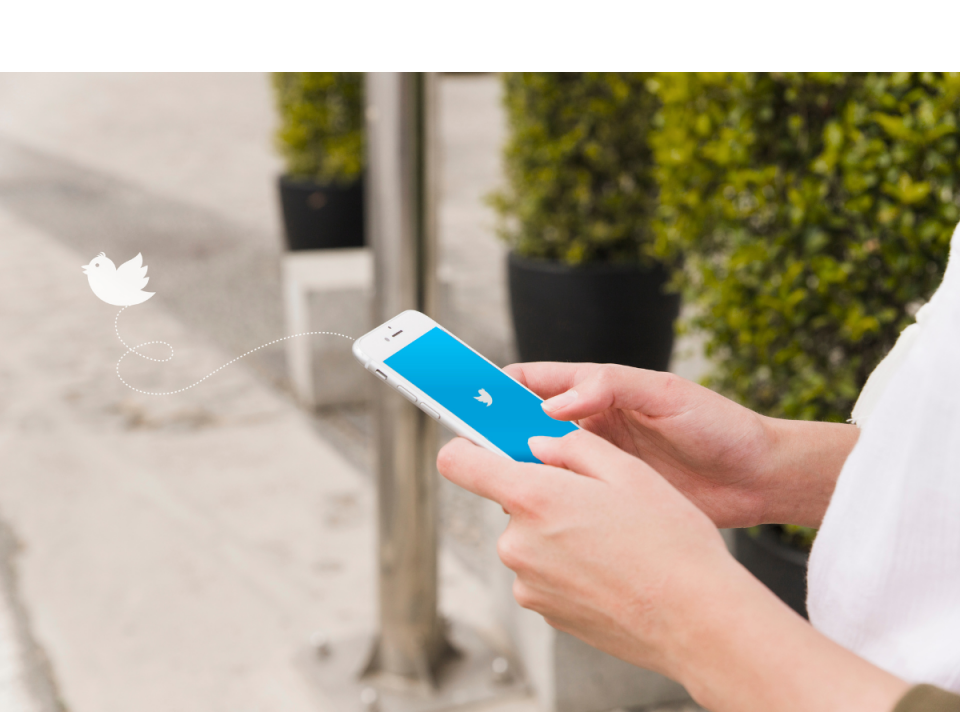Twitter appears to have handled the addition of an edit button as well as it could have. With the addition of an edit history for each tweet and a prominent message indicating that a tweet has been altered, the edit button favors transparency.
Users will only be permitted to update their tweet “a few times,” and they will only have 30 minutes to do so. In its testing, Twitter will undoubtedly pay careful attention to those figures to determine just how editable tweets should actually be.
Only paid Twitter Blue subscribers will be able to participate, and the test will initially be limited. Twitter appears to be in the right place and is using the utmost caution in this situation.
Twitter’s product development has accelerated significantly during the past few years. The business promised to be more forthcoming about the ideas and experiments it was conducting, and it kept that commitment. Up until they weren’t, fleets were going to be massive.
Up until they weren’t, fleets were going to be massive. The future of Twitter, which now reportedly includes podcasts, is also known as spaces. For about an hour and a half, Twitter looked completely committed to newsletters.
With Twitter’s new Circle function, you may now share content with only your closest friends and followers. There is a lot of information, yet it is unclear how much of it Twitter genuinely cares about.
This is beneficial in many aspects since Twitter moved too slowly for more than ten years before releasing software at an outstanding rate. But Twitter is different from other social networks, that’s the issue. It’s more evenly dispersed.
Many people see tweets as screenshots on cable news, many utilize third-party Twitter accounts, and many see tweets as embedded content on websites. Sure, you can embed Facebook posts and TikToks, but given Twitter’s position as the internet’s informational hub, the stakes for how tweets go around the globe are higher.
